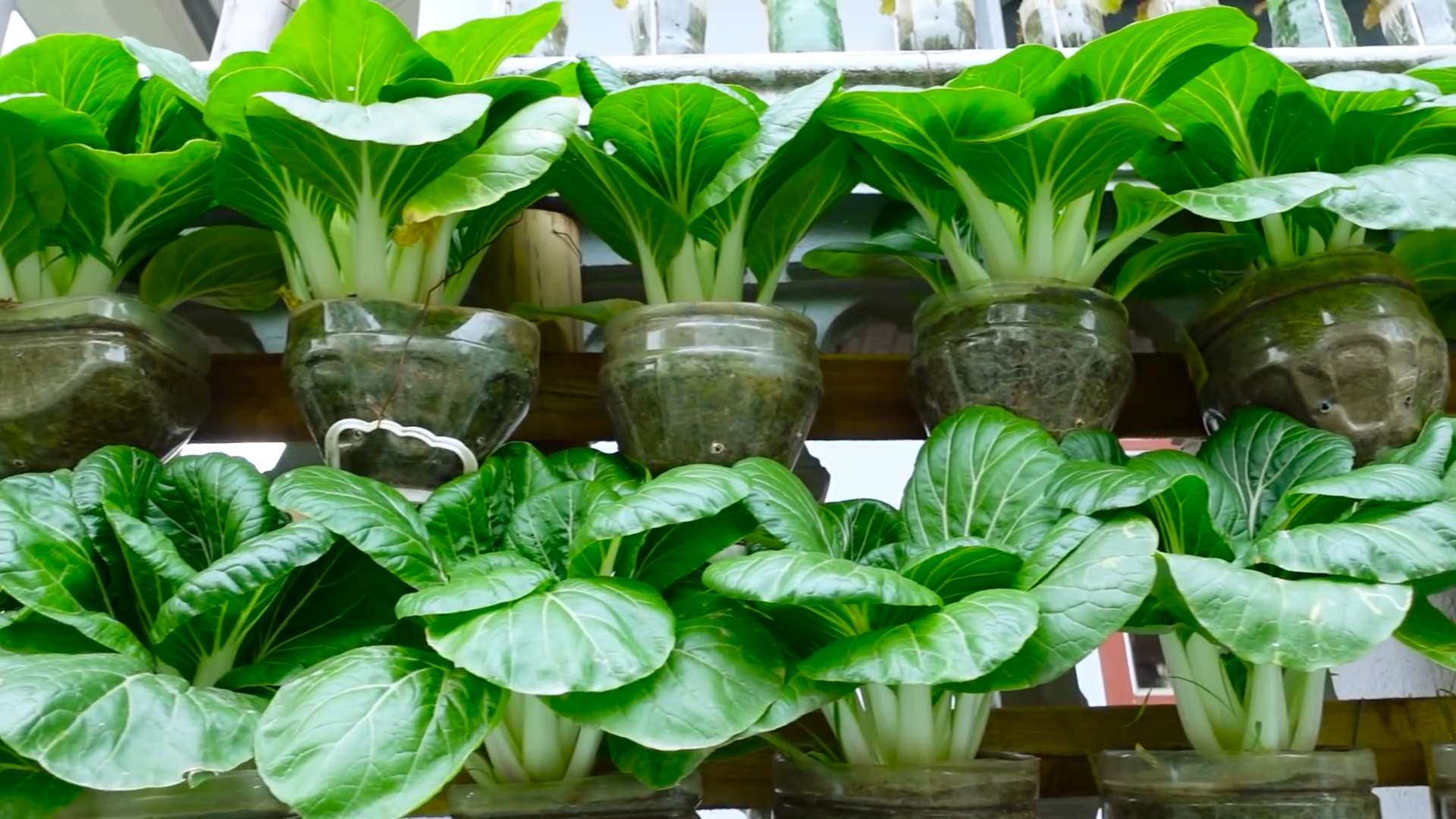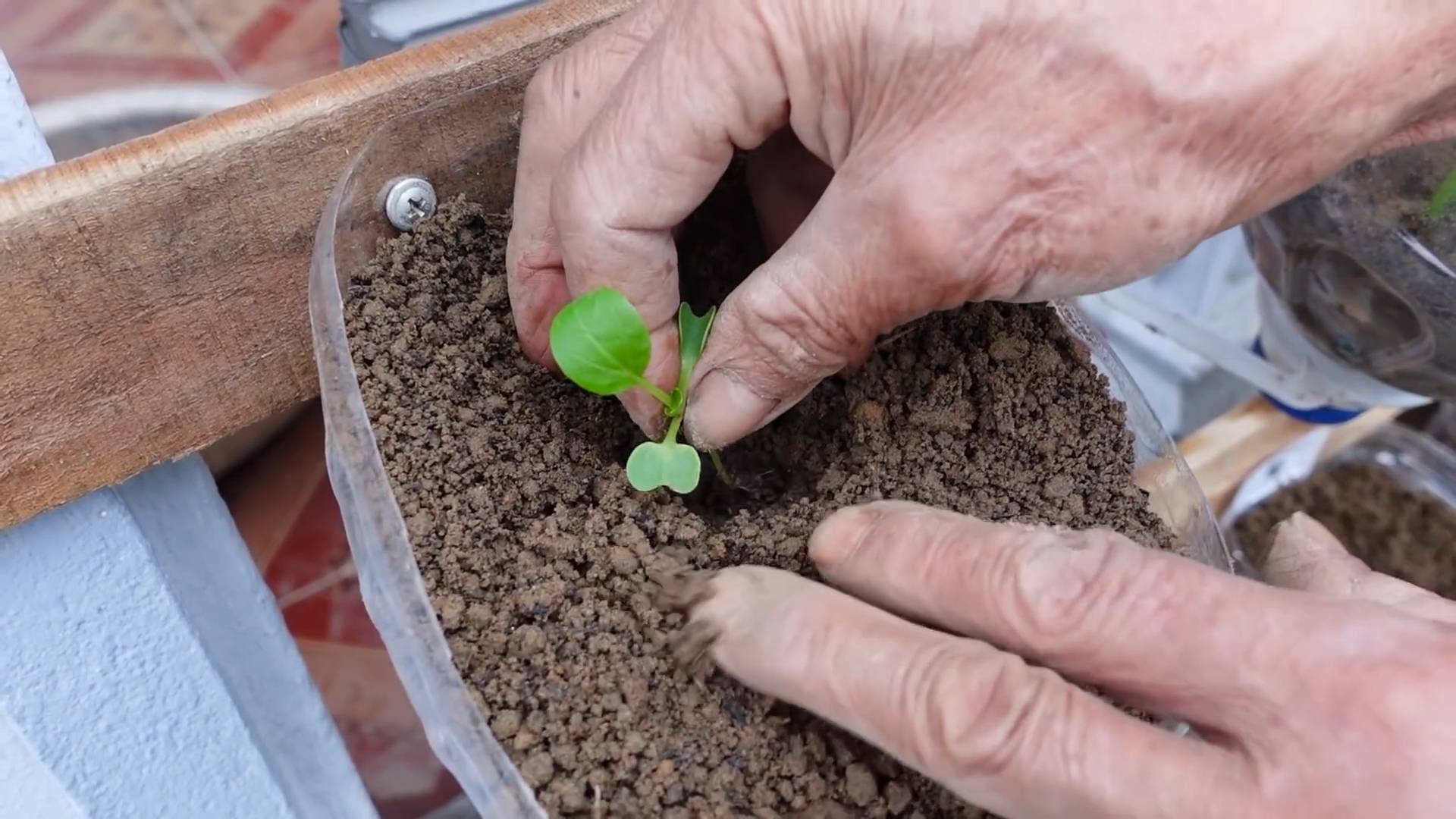Rooftop vegetable gardening for beginners can seem daunting, I know! But trust me, transforming your unused rooftop into a vibrant, edible oasis is easier than you think. Imagine stepping outside your door and harvesting fresh, organic tomatoes for your salad, or snipping fragrant basil to add to your pasta – all grown just steps away from your kitchen.
For centuries, urban dwellers have sought ways to connect with nature and supplement their food supply. From the hanging gardens of Babylon to the community gardens that sprung up during wartime, the desire to cultivate our own food in limited spaces is deeply ingrained in our history. Today, with increasing concerns about food security and the environmental impact of industrial agriculture, rooftop vegetable gardening for beginners is experiencing a major resurgence.
But why should *you* consider rooftop gardening? Well, beyond the joy of growing your own food, it’s a fantastic way to reduce your carbon footprint, improve air quality, and even lower your energy bills by providing insulation. Plus, let’s be honest, it’s incredibly rewarding to nurture a plant from seed to harvest. This DIY guide will equip you with all the essential tips and tricks you need to get started, even if you have zero gardening experience. We’ll cover everything from choosing the right containers and soil to selecting the best vegetables for your rooftop climate and dealing with common challenges. So, let’s get our hands dirty and turn that rooftop into a thriving garden!

Rooftop Vegetable Gardening: A Beginner’s Guide to Growing Your Own Food in the Sky!
Okay, so you’re thinking about turning your rooftop into a vibrant vegetable garden? Awesome! I’m so excited for you. It’s a fantastic way to get fresh produce, connect with nature, and even add some serious curb appeal (or, well, rooftop appeal!) to your home. Don’t worry if you’re a complete newbie; this guide will walk you through everything you need to know to get started.
Assessing Your Rooftop: The Foundation for Success
Before you even think about planting a single seed, we need to make sure your rooftop is actually suitable for a garden. This is the most crucial step, so don’t skip it!
* **Weight Capacity:** This is HUGE. Rooftops are designed to hold a certain amount of weight, and soil, water, and mature plants can get surprisingly heavy.
* **How to check:** Contact a structural engineer or your building’s management (if you’re in an apartment building). They can assess your roof’s load-bearing capacity. Don’t guess! Overloading your roof can lead to serious structural damage.
* **What to do if it’s limited:** If your roof has a limited weight capacity, consider using lightweight potting mixes, smaller containers, and drought-tolerant plants. You can also explore hydroponics or aquaponics, which are soilless gardening methods that can be lighter.
* **Sunlight:** Vegetables need at least 6 hours of direct sunlight per day to thrive.
* **How to check:** Observe your rooftop throughout the day. Note how many hours of direct sunlight different areas receive. Use a sun calculator app for more accurate measurements.
* **What to do if it’s limited:** If your rooftop doesn’t get enough sunlight, you might need to focus on growing shade-tolerant vegetables like lettuce, spinach, kale, and some herbs. You could also consider using grow lights, but that adds to the cost and complexity.
* **Water Access:** You’ll need a convenient water source for irrigation. Lugging buckets of water up to the roof is not fun, trust me!
* **How to check:** Identify the nearest water source. Is there an outdoor faucet? Can you run a hose up to the roof?
* **What to do if it’s limited:** If you don’t have easy access to water, consider installing an outdoor faucet or using a rain barrel to collect rainwater. Drip irrigation systems can also help conserve water.
* **Accessibility:** How easy is it to get to your rooftop? You’ll need to carry soil, plants, tools, and yourself up there regularly.
* **How to check:** Evaluate the access route. Are there stairs? An elevator? Is it a safe and comfortable climb?
* **What to do if it’s difficult:** If access is challenging, consider using smaller containers, lightweight materials, and enlisting help from friends or family.
* **Roofing Material:** Some roofing materials can be damaged by soil, water, or plant roots.
* **How to check:** Identify your roofing material. Is it asphalt shingles, rubber membrane, or something else?
* **What to do if it’s sensitive:** If your roofing material is sensitive, use containers with saucers to prevent water from pooling on the roof. You can also lay down a protective layer of roofing felt or a rubber membrane under your containers.
Choosing the Right Containers and Soil
Now that you’ve assessed your rooftop, it’s time to choose the right containers and soil. This is where the fun really begins!
* **Container Selection:**
* **Material:** Plastic, terracotta, wood, and metal are all options. Plastic is lightweight and affordable, terracotta is porous and allows for good drainage, wood is natural and aesthetically pleasing, and metal can be durable but can also heat up quickly in the sun.
* **Size:** Choose containers that are large enough for the vegetables you want to grow. Root vegetables like carrots and potatoes need deeper containers than leafy greens like lettuce.
* **Drainage:** Make sure your containers have drainage holes to prevent waterlogging.
* **Consider self-watering containers:** These can be a lifesaver, especially if you’re busy or tend to forget to water your plants.
* **Soil Selection:**
* **Avoid using garden soil:** Garden soil is too heavy and doesn’t drain well in containers.
* **Use a potting mix:** Potting mixes are specifically formulated for container gardening. They’re lightweight, well-draining, and contain nutrients that plants need.
* **Consider adding compost:** Compost is a great way to improve the fertility of your potting mix.
* **Make your own mix:** You can create your own potting mix by combining equal parts peat moss (or coconut coir), perlite, and vermiculite.
Selecting Your Vegetables: What to Grow on Your Rooftop
Not all vegetables are created equal when it comes to rooftop gardening. Some are easier to grow than others, and some are better suited to container gardening.
* **Easy Vegetables for Beginners:**
* **Lettuce:** Grows quickly and easily in containers.
* **Spinach:** Another easy-to-grow leafy green.
* **Radishes:** Mature in just a few weeks.
* **Bush beans:** Compact and productive.
* **Peppers:** Thrive in warm weather and containers.
* **Tomatoes:** Choose determinate (bush) varieties for containers.
* **Herbs:** Basil, mint, oregano, and thyme are all easy to grow in containers.
* **Vegetables to Avoid (at least initially):**
* **Corn:** Requires a lot of space and nutrients.
* **Watermelon:** Needs a lot of space and support.
* **Pumpkins:** Similar to watermelon.
* **Large vining plants:** Can be difficult to manage in containers.
* **Consider your climate:** Choose vegetables that are well-suited to your local climate. Check your local hardiness zone to determine which plants will thrive in your area.
Planting Your Vegetables: Getting Your Garden Started
Alright, let’s get our hands dirty! This is where all the planning comes together.
**Step-by-Step Planting Instructions:**
1. **Prepare your containers:** Fill your containers with potting mix, leaving a few inches of space at the top.
2. **Moisten the soil:** Water the potting mix thoroughly until it’s evenly moist but not soggy.
3. **Plant your seeds or seedlings:** Follow the instructions on the seed packet or plant tag for spacing and depth.
4. **Cover the seeds or seedlings with soil:** Gently cover the seeds or seedlings with potting mix.
5. **Water again:** Water gently to settle the soil.
6. **Label your plants:** Use plant markers to label each container so you know what you’ve planted.
7. **Place your containers in a sunny location:** Make sure your plants get at least 6 hours of direct sunlight per day.
Caring for Your Rooftop Garden: Keeping Your Plants Happy and Healthy
Once your plants are in the ground, it’s important to provide them with the care they need to thrive.
* **Watering:**
* **Water regularly:** Check the soil moisture daily and water when the top inch of soil feels dry.
* **Water deeply:** Water until the water drains out of the drainage holes.
* **Avoid overwatering:** Overwatering can lead to root rot.
* **Water in the morning:** Watering in the morning allows the foliage to dry before nightfall, which can help prevent fungal diseases.
* **Fertilizing:**
* **Fertilize regularly:** Container plants need to be fertilized more often than plants in the ground because nutrients are leached out of the soil with each watering.
* **Use a balanced fertilizer:** Choose a fertilizer that contains equal amounts of nitrogen, phosphorus, and potassium (e.g., 10-10-10).
* **Follow the instructions on the fertilizer label:** Don’t over-fertilize, as this can damage your plants.
* **Consider using organic fertilizers:** Compost tea, fish emulsion, and seaweed extract are all good organic options.
* **Pest and Disease Control:**
* **Inspect your plants regularly:** Check for signs of pests or diseases, such as holes in the leaves, yellowing foliage, or powdery mildew.
* **Remove pests by hand:** Pick off any pests you find and drop them into a bucket of soapy water.
* **Use organic pest control methods:** Insecticidal soap, neem oil, and horticultural oil are all effective organic pest control options.
* **Prevent diseases:** Provide good air circulation, avoid overwatering, and remove any diseased foliage promptly.
* **Support:**
* **Provide support for vining plants:** Tomatoes, cucumbers, and other vining plants will need support to climb. Use stakes, trell

Conclusion
So, there you have it! Transforming your rooftop into a vibrant, productive vegetable garden is not only achievable, but also incredibly rewarding. We’ve walked you through the essential steps, from assessing your rooftop’s suitability and planning your layout to selecting the right containers, soil, and, of course, the vegetables themselves. But why is this DIY trick a must-try?
Firstly, rooftop vegetable gardening allows you to maximize space, especially if you’re living in an urban environment with limited or no yard. It’s a fantastic way to bring nature into your life and enjoy fresh, homegrown produce right outside your door. Imagine stepping onto your rooftop and harvesting ripe tomatoes for your salad, fragrant basil for your pasta, or crisp lettuce for your sandwiches – all grown with your own hands. The taste difference alone is worth the effort!
Secondly, it’s an incredibly sustainable practice. You’re reducing your carbon footprint by growing your own food locally, minimizing transportation costs and packaging waste. Plus, you’re in control of what goes into your vegetables, avoiding harmful pesticides and herbicides. It’s a win-win for you and the environment.
Thirdly, and perhaps most importantly, rooftop vegetable gardening is a deeply satisfying and therapeutic activity. It’s a chance to connect with nature, get your hands dirty, and watch the miracle of life unfold before your eyes. The sense of accomplishment you’ll feel as you harvest your first crop is truly unparalleled.
But don’t stop there! There are countless ways to customize your rooftop garden to suit your preferences and needs.
Here are a few suggestions and variations to consider:
* Vertical Gardening: If space is truly limited, explore vertical gardening techniques. Use trellises, hanging baskets, or stacked planters to maximize your growing area. Cucumbers, beans, and even some varieties of tomatoes thrive in vertical systems.
* Herb Spiral: Create a beautiful and functional herb spiral using bricks or stones. This allows you to grow a variety of herbs with different sun and water requirements in a small space.
* Companion Planting: Research companion planting techniques to maximize your yields and deter pests naturally. For example, planting basil near tomatoes can improve their flavor and repel insects.
* Pollinator Garden: Attract beneficial insects to your rooftop garden by planting flowers that attract pollinators like bees and butterflies. This will not only enhance the beauty of your garden but also improve the pollination of your vegetables.
* Consider a Greenhouse: For those in colder climates, a small greenhouse or cold frame can extend your growing season and allow you to grow vegetables year-round.
* Experiment with different vegetables: Don’t be afraid to try growing different types of vegetables. Some vegetables that are well-suited for rooftop gardens include peppers, eggplants, zucchini, and leafy greens.
Rooftop vegetable gardening is more than just a hobby; it’s a lifestyle. It’s a way to connect with nature, eat healthier, and contribute to a more sustainable future. So, what are you waiting for? Take the plunge, get your hands dirty, and start creating your own rooftop oasis today!
We’re confident that you’ll find the experience incredibly rewarding. And we’d love to hear about your journey! Share your photos, tips, and experiences with us in the comments below. Let’s build a community of rooftop gardeners and inspire others to embrace this wonderful DIY trick. We can’t wait to see what you create!
Frequently Asked Questions (FAQ)
Q: Is my rooftop strong enough to support a vegetable garden?
A: This is the most crucial question to address before starting any rooftop gardening project. You absolutely must consult with a qualified structural engineer or architect to assess the load-bearing capacity of your roof. They can determine the maximum weight your roof can safely handle, taking into account the weight of the containers, soil, water, plants, and any other materials you plan to use. Ignoring this step could lead to serious structural damage and potentially dangerous situations. Don’t skip this! It’s better to be safe than sorry.
Q: What type of containers are best for rooftop vegetable gardening?
A: The best containers for rooftop vegetable gardening are lightweight, durable, and provide adequate drainage. Plastic containers are a popular choice because they are relatively inexpensive and easy to move. However, they can heat up quickly in direct sunlight, so consider using light-colored containers or insulating them with bubble wrap or other materials. Fabric pots are another excellent option. They are lightweight, breathable, and allow for excellent drainage. They also help to prevent root circling, which can be a problem in traditional containers. Terra cotta pots are aesthetically pleasing but can be heavy and prone to cracking in cold weather. Regardless of the material you choose, make sure the containers have drainage holes to prevent waterlogging. The size of the container will depend on the type of vegetable you are growing. Larger vegetables like tomatoes and peppers will require larger containers than smaller vegetables like lettuce and spinach.
Q: What kind of soil should I use for my rooftop vegetable garden?
A: Avoid using garden soil in containers, as it tends to compact and doesn’t drain well. Instead, opt for a lightweight potting mix specifically designed for container gardening. These mixes typically contain a blend of peat moss, perlite, vermiculite, and compost. You can also create your own potting mix by combining equal parts of these ingredients. Adding compost to your potting mix will provide essential nutrients for your plants and improve drainage. Consider using a soil mix that is specifically formulated for vegetables. These mixes often contain slow-release fertilizers that will provide your plants with a steady supply of nutrients throughout the growing season.
Q: How often should I water my rooftop vegetable garden?
A: Watering frequency will depend on several factors, including the type of vegetables you are growing, the weather conditions, and the type of containers you are using. In general, you should water your plants when the top inch of soil feels dry to the touch. During hot, sunny weather, you may need to water your plants daily or even twice a day. Overwatering can be just as harmful as underwatering, so be sure to check the soil moisture before watering. Consider using a drip irrigation system or soaker hoses to water your plants efficiently and evenly. These systems deliver water directly to the roots of the plants, minimizing water waste and reducing the risk of fungal diseases.
Q: How do I protect my rooftop vegetable garden from pests and diseases?
A: There are several things you can do to protect your rooftop vegetable garden from pests and diseases. First, choose disease-resistant varieties of vegetables. Second, practice good sanitation by removing any dead or diseased leaves and debris from your garden. Third, encourage beneficial insects by planting flowers that attract pollinators and predators. Fourth, use organic pest control methods such as insecticidal soap, neem oil, or diatomaceous earth. Avoid using chemical pesticides, as they can harm beneficial insects and contaminate your vegetables. If you notice signs of disease, such as yellowing leaves or spots on the foliage, treat the affected plants with an organic fungicide.
Q: How much sunlight do my vegetables need?
A: Most vegetables need at least six hours of sunlight per day to thrive. However, some vegetables, such as lettuce and spinach, can tolerate partial shade. Observe the amount of sunlight your rooftop receives throughout the day and choose vegetables that are well-suited for those conditions. If your rooftop doesn’t receive enough sunlight, you may need to supplement with artificial lighting. Grow lights can provide the necessary light for your vegetables to grow indoors or in a shaded area.
Q: How do I fertilize my rooftop vegetable garden?
A: Vegetables need regular fertilization to thrive in containers. Use a balanced fertilizer that contains nitrogen, phosphorus, and potassium. You can use a liquid fertilizer, a granular fertilizer, or a slow-release fertilizer. Follow the instructions on the fertilizer package carefully. Avoid over-fertilizing, as this can damage your plants. Consider using organic fertilizers such as compost tea, fish emulsion, or seaweed extract. These fertilizers are gentle on your plants and provide essential nutrients without the risk of burning.
Q: How do I deal with strong winds on my rooftop?
A: Strong winds can damage your plants and blow over your containers. To protect your rooftop vegetable garden from wind, consider using windbreaks such as fences, screens, or hedges. You can also use heavier containers or anchor your containers to the roof. Staking your plants can also help to prevent them from being blown over. Choose vegetables that are wind-resistant, such as leafy greens and root vegetables.
Q: What are some easy vegetables to grow for beginners on a rooftop garden?
A: Some of the easiest vegetables to grow for beginners on a rooftop garden include:
* Lettuce
* Spinach
* Radishes
* Green beans
* Tomatoes (determinate varieties)
* Peppers
* Zucchini
* Herbs (basil, mint, oregano)
These vegetables are relatively low-maintenance and can tolerate a wide range of conditions. They are also quick to mature, so you can enjoy a harvest in a relatively short amount of time.
Q: How do I prepare my rooftop vegetable garden for winter?
A: As the growing season comes to an end, it’s important to prepare your rooftop vegetable garden for winter. Remove any dead or diseased plants and debris from your garden. Clean and store your containers. If you live





Leave a Comment